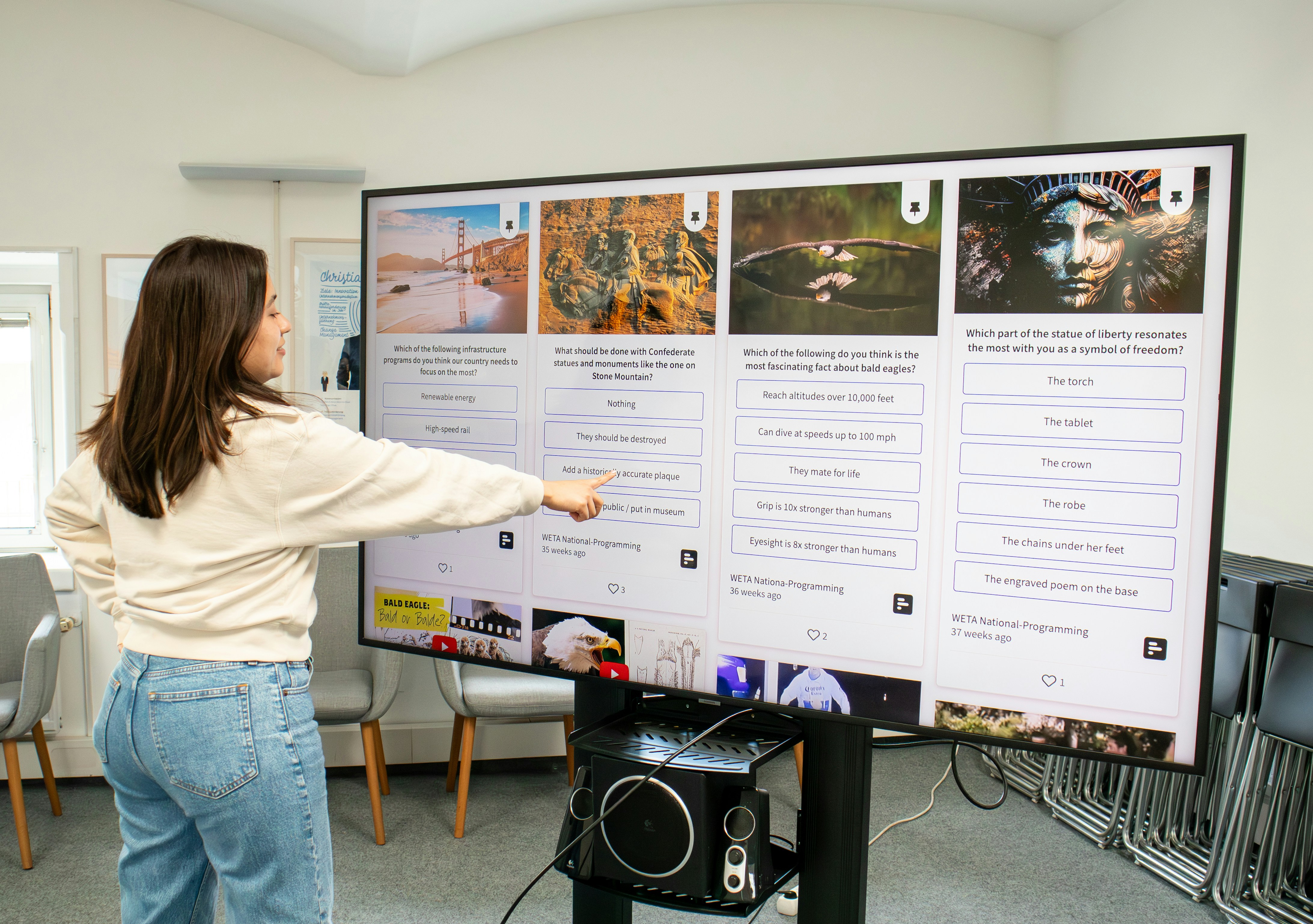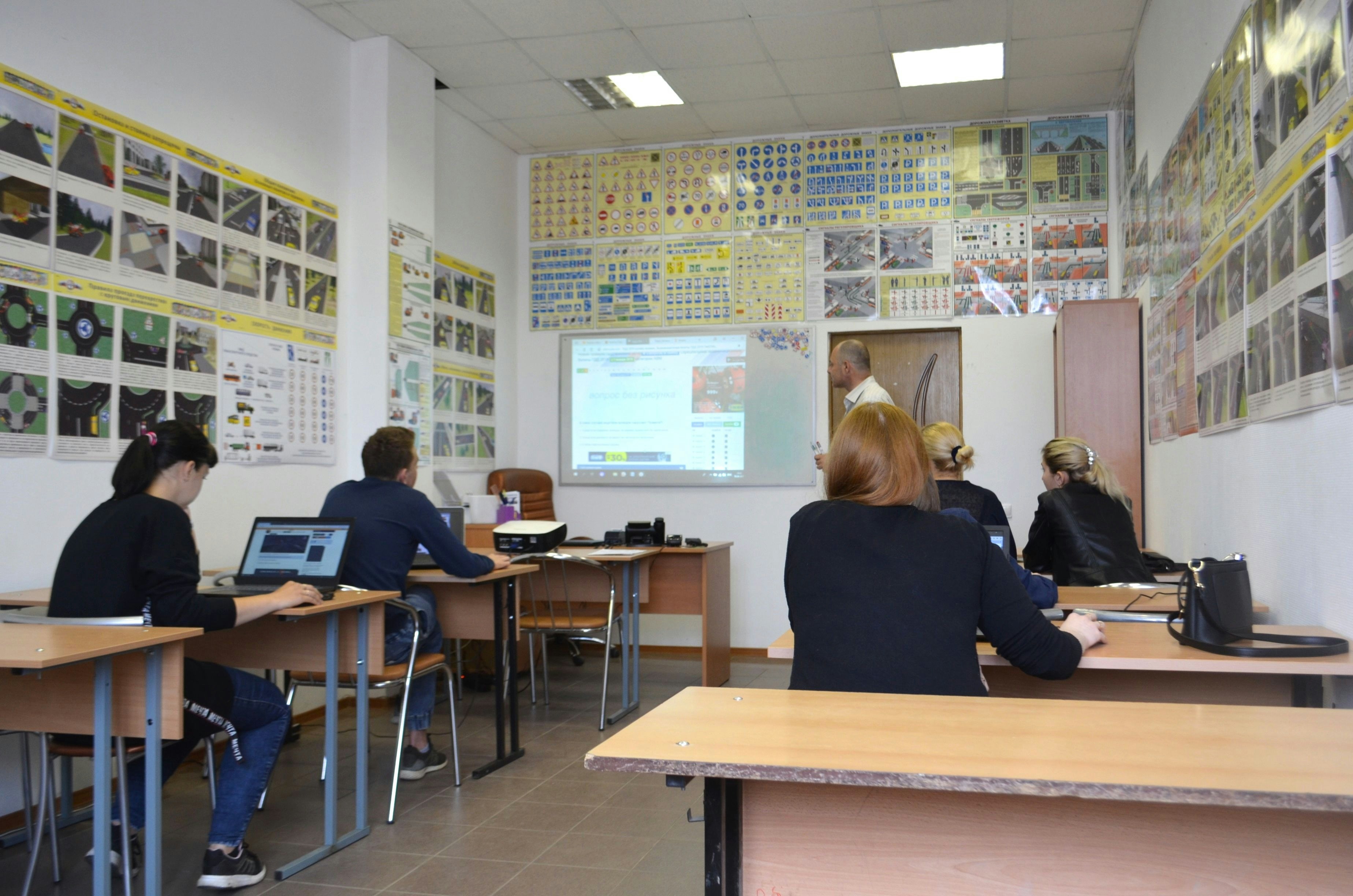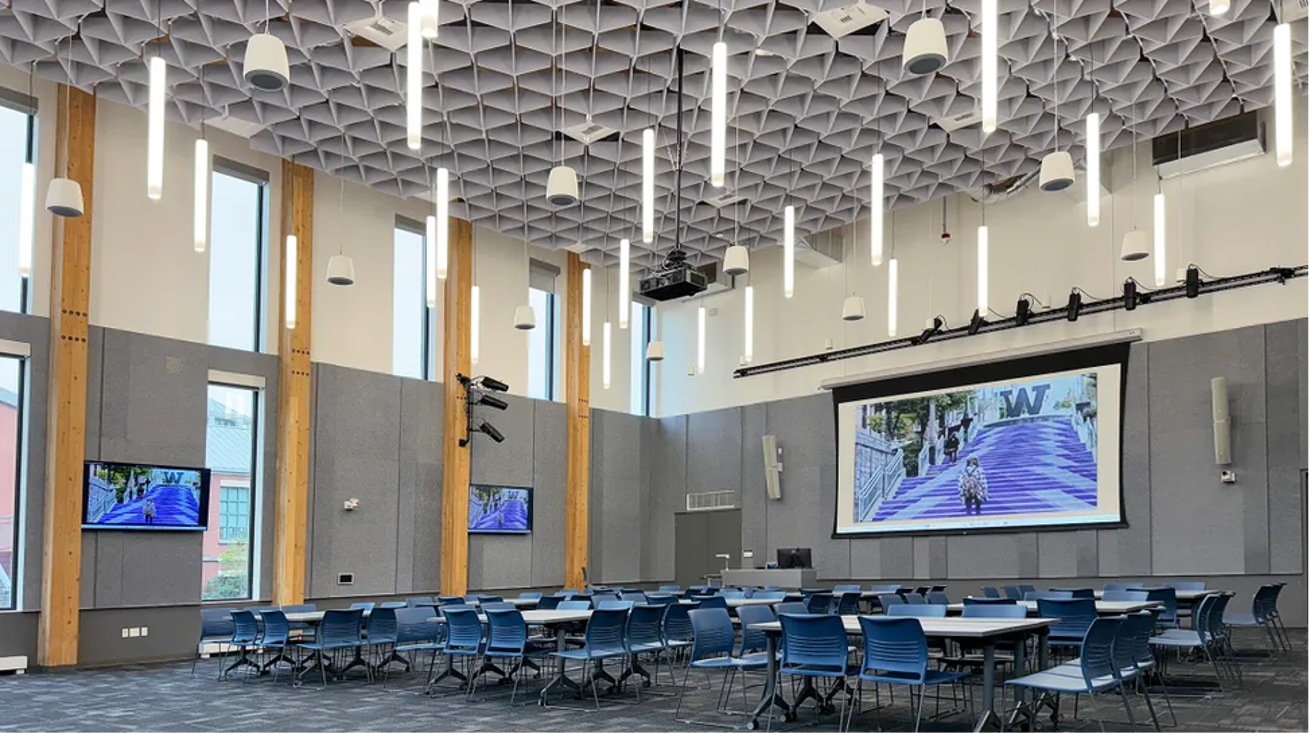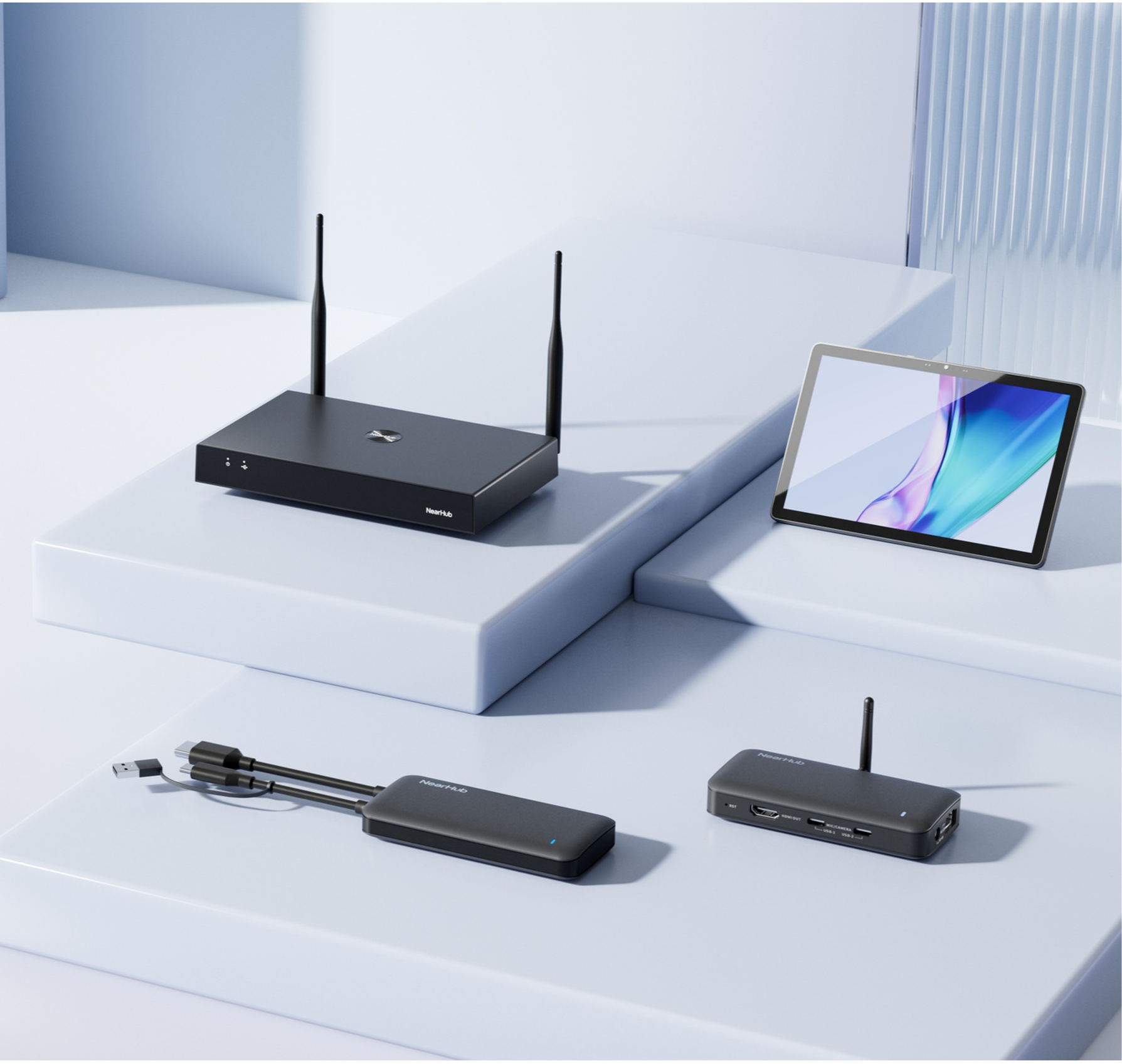TL;DR
Classroom AV systems are pivotal in modern education, transforming teaching and learning by ensuring clear communication, supporting diverse learning styles, and adapting to hybrid or remote models. This article examines the importance of these systems in fostering inclusive, engaging environments and outlines their core advantages: enhanced audio-visual clarity, boosted student interaction, seamless tool synergy, and simplified operation via intuitive control systems. It describes the key components of a robust classroom AV system, including interactive displays, audio tools, video processors, document cameras, and connectivity solutions, while highlighting essential equipment that enables effective knowledge delivery. With examples of specific tools integrated into these systems, the guide illustrates how such technology creates cohesive setups that cater to various educational needs, ensuring accessibility and engagement for all students. FAQs address practical considerations, reinforcing the versatility and user-friendliness of classroom AV systems in educational settings.
In the evolving landscape of education, classroom AV (Audio-Visual) systems have become indispensable tools that redefine teaching and learning. By integrating cutting-edge technology, these systems bridge gaps in communication, engagement, and accessibility, creating environments where knowledge flows seamlessly. This guide delves into the importance, advantages, components, and essential equipment of classroom AV systems, with a focus on how technological solutions elevate educational experiences.
Why is Classroom AV System Important?
Effective communication is the cornerstone of education, and classroom AV systems are pivotal in ensuring this, especially as learning spaces vary in size and setup. In larger environments like college lecture halls, where distances can hinder clear communication, classroom audio systems—such as microphones—enable teachers to project their voices effortlessly, reducing the need for repetition and ensuring every student catches key points.
Beyond basic communication, these systems address the diverse needs of modern education. They support inclusive learning by catering to different learning styles: visual learners benefit from dynamic classroom video systems, while auditory learners thrive with clear classroom audio. For remote or hybrid models, classroom AV systems with video conferencing capabilities break down geographical barriers, ensuring no student is left behind.
Moreover, in an era where student attention spans are challenged, interactive elements of classroom AV systems keep learners engaged, transforming passive listening into active participation. This is not just about technology—it’s about creating equitable, efficient, and engaging learning environments for all.

What are the Advantages of Classroom AV Systems?
Classroom AV systems offer a multitude of benefits that enhance both teaching and learning:
Enhanced Communication Clarity: In large lecture halls or noisy environments, classroom audio systems—including microphones and speakers—ensure teachers’ voices (and audio content) are crisp and audible, minimizing misunderstandings and repetitions.
Boosted Student Engagement: Interactive tools like smart whiteboards (a key part of classroom video systems) turn lessons into dynamic experiences. Students can annotate, collaborate, and interact with content, making learning more immersive and memorable.
Seamless Tool Synergy: A strong classroom AV system is more than the sum of its parts. These tools often work in tandem—speakers pair with microphones, document cameras sync with displays, and video processors optimize visual quality—creating a cohesive ecosystem that simplifies teaching.
Support for Diverse Learning Models: Whether in-person, remote, or hybrid, classroom AV systems adapt. Video conferencing features enable flexible learning, while recording capabilities let students revisit lessons, reinforcing understanding at their own pace.
Reduced Technical Friction: With intuitive classroom AV control systems, teachers can focus on teaching rather than troubleshooting, as these systems are designed to be user-friendly, allowing easy management of all AV functions without extensive technical knowledge.

What Does a Classroom AV System Consist Of?
A robust classroom AV system integrates multiple components, each playing a vital role in creating a functional learning environment:
Interactive Visual Tools: Smart whiteboards and high-resolution displays form the core of classroom video systems. They serve as digital canvases for lessons, presentations, and collaborative activities, with features that support real-time annotation and content sharing.
Audio Systems: Classroom audio systems include microphones (wireless or wired) for teachers and students, plus speakers to distribute sound evenly. These ensure clear communication, even in large spaces like lecture halls, where audio clarity can make or break the learning experience.
Video Processors: These optimize visual signals, enhancing image quality from cameras, document cameras, or external devices, ensuring content displayed is sharp and consistent—critical for maintaining student focus during detailed explanations or visual demonstrations.
Document Cameras: Flexible and instant, these cameras connect to larger screens, allowing teachers to display physical documents, specimens, or single-copy materials to the entire class, eliminating the need for multiple handouts and ensuring everyone has access to the same resources.
Video Conferencing Modules: Essential for hybrid learning, these enable real-time interaction between in-class and remote participants, integrating with classroom video systems to ensure smooth video and audio transmission, making remote students feel as involved as those in the room.
AV Control Systems: The “brain” of the setup, classroom AV control systems manage all components—adjusting volume, switching inputs, or launching video calls—via user-friendly interfaces (touchscreens, remotes, or software), ensuring seamless operation.
Connectivity Solutions: Devices that provide reliable connectivity, allowing various equipment such as laptops, tablets, and cameras to connect to the main AV system effortlessly, ensuring a hassle-free experience.

What Classroom Equipment Do You Need?
To build an effective classroom AV system, consider these essential pieces of equipment, which work together to create a cohesive educational technology setup:
Smart Whiteboards/Interactive Displays: These are central to modern classrooms, offering high-definition visuals, multi-touch functionality, and seamless integration with educational software. They support both digital and physical content (when paired with document cameras), serving as the hub for lessons where teachers can display slides, videos, and interactive content. The NearHub Interactive Smart Whiteboard S Pro and NearHub Pro series large screens are examples of such tools, designed to enhance visual engagement.
Microphones & Speakers: Wireless microphones allow teachers to move freely around the classroom while maintaining clear audio, paired with speakers like the Nearity ASP200 to ensure sound fills large lecture halls-key for classroom audio systems where distance might muffle instructions. Ceiling array microphones such as Nearity A31S further enhance clarity by filtering background noise, ensuring voices come through crisply.
Document Cameras: These tools display physical materials in real time, connecting to displays or processors to share single-copy items with the class. When paired with versatile cameras like the Nearity V540D, they expand to show both close-ups of objects and wider classroom views, enriching demonstrations without duplication.
Video Processors: These devices enhance and stabilize visual feeds from cameras or document cameras, ensuring that content displayed on screens remains clear and professional, even when switching between multiple sources—an important feature for maintaining student focus during lessons with varied content. NearHub Decode ND10 is a video processor that contributes to this by optimizing visual signals for consistent quality.
Video Conferencing Hardware: Cameras, microphones, and software modules that enable remote participation, integrating with classroom video systems to support hybrid learning models. This hardware ensures that remote students can see, hear, and interact with the class as if they were present, fostering inclusion. NearHub Rooms NR10 is a solution that incorporates such hardware to facilitate seamless remote learning.
AV Control Systems: A user-friendly interface—whether a touchscreen, remote, or app—that manages all equipment. These systems simplify operation by centralizing control, allowing teachers to adjust settings, switch between devices, and launch video calls with minimal effort, ensuring the focus stays on teaching.
Connectivity Devices: These provide reliable and versatile connectivity, supporting multiple ports and wireless connections to integrate laptops, tablets, and other teaching tools into the classroom setup. NearHub Tail NT10 is a connectivity device that helps tie all components together, ensuring smooth communication between different pieces of equipment.
By combining these components, schools can create classroom AV systems that not only meet current educational needs but also adapt to future innovations. These systems don’t just add technology to classrooms; they transform them into hubs of collaboration, clarity, and engagement, ultimately elevating the quality of education for all.

FAQs
Q: Are classroom AV systems suitable for all educational levels?
A: Yes, classroom AV systems can be adapted to fit the needs of various educational levels, from elementary schools to universities. For younger students, interactive displays with colorful visuals and touch functionality can make learning more playful, while in higher education, advanced video conferencing and lecture capture features cater to large lecture halls and remote learning needs. The key is to choose components that align with the age group’s learning styles and the curriculum’s requirements.
Q: How difficult is it to set up and operate a classroom AV system?
A: Modern classroom AV systems are designed with user-friendliness in mind, making setup and operation relatively straightforward. Many systems, especially integrated solutions, come with plug-and-play functionality, and control interfaces are intuitive—often resembling familiar devices like tablets or smartphones. Schools can also provide basic training for teachers to ensure they feel comfortable navigating the system, with most staff becoming proficient within a few sessions.
Q: Can classroom AV systems integrate with existing educational software?
A: Absolutely. Most interactive displays, including the NearHub Interactive Smart Whiteboard S Pro, are compatible with popular educational software, learning management systems (LMS), and productivity tools. This integration allows teachers to seamlessly pull up lesson plans, educational apps, or student assignments directly on the display, streamlining the teaching process and reducing the need to switch between multiple devices.











